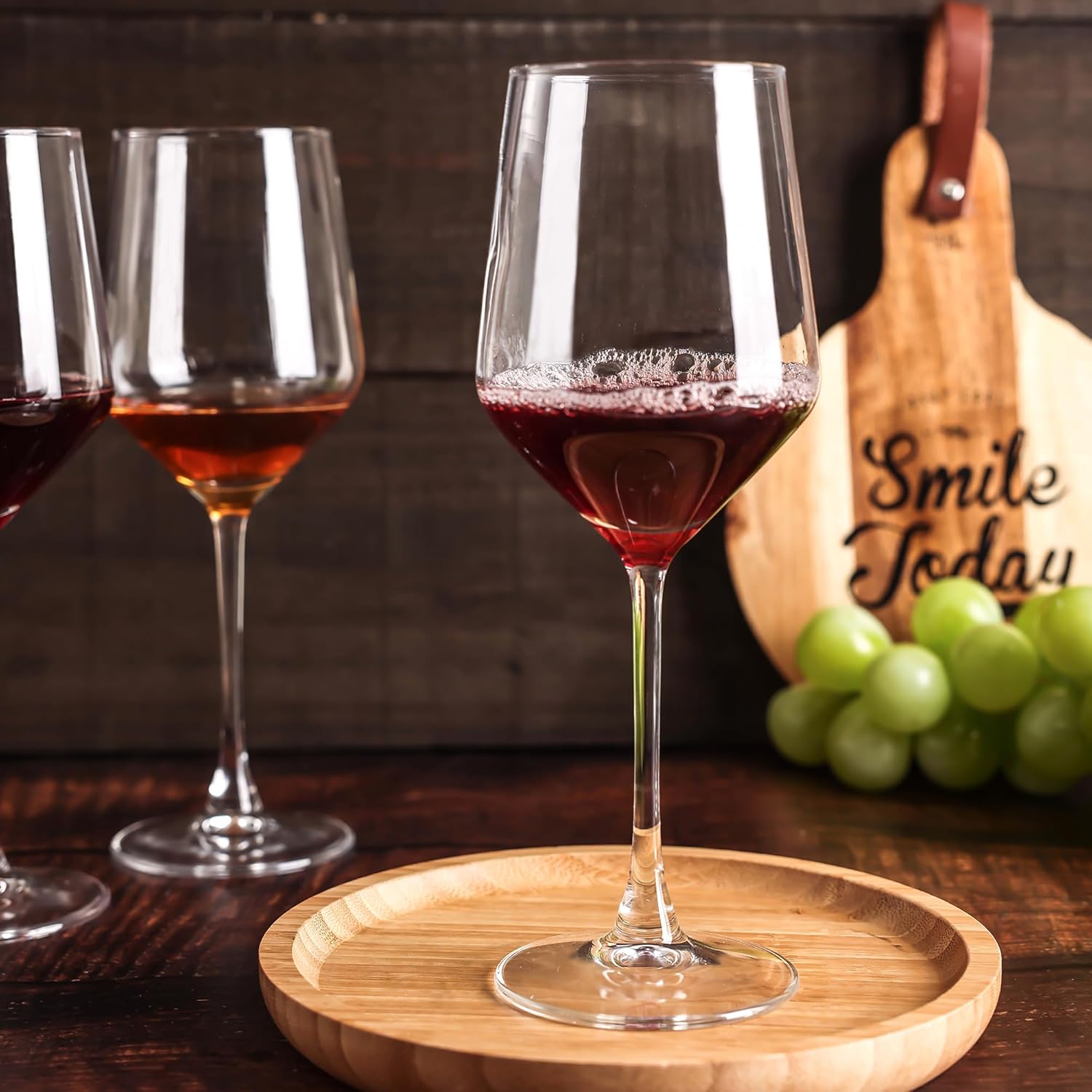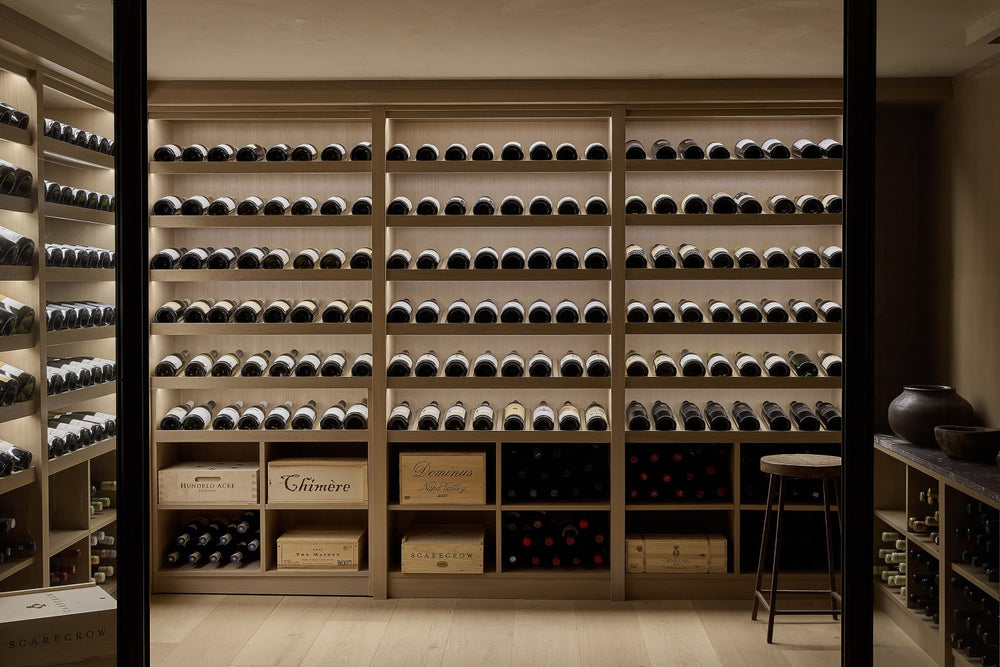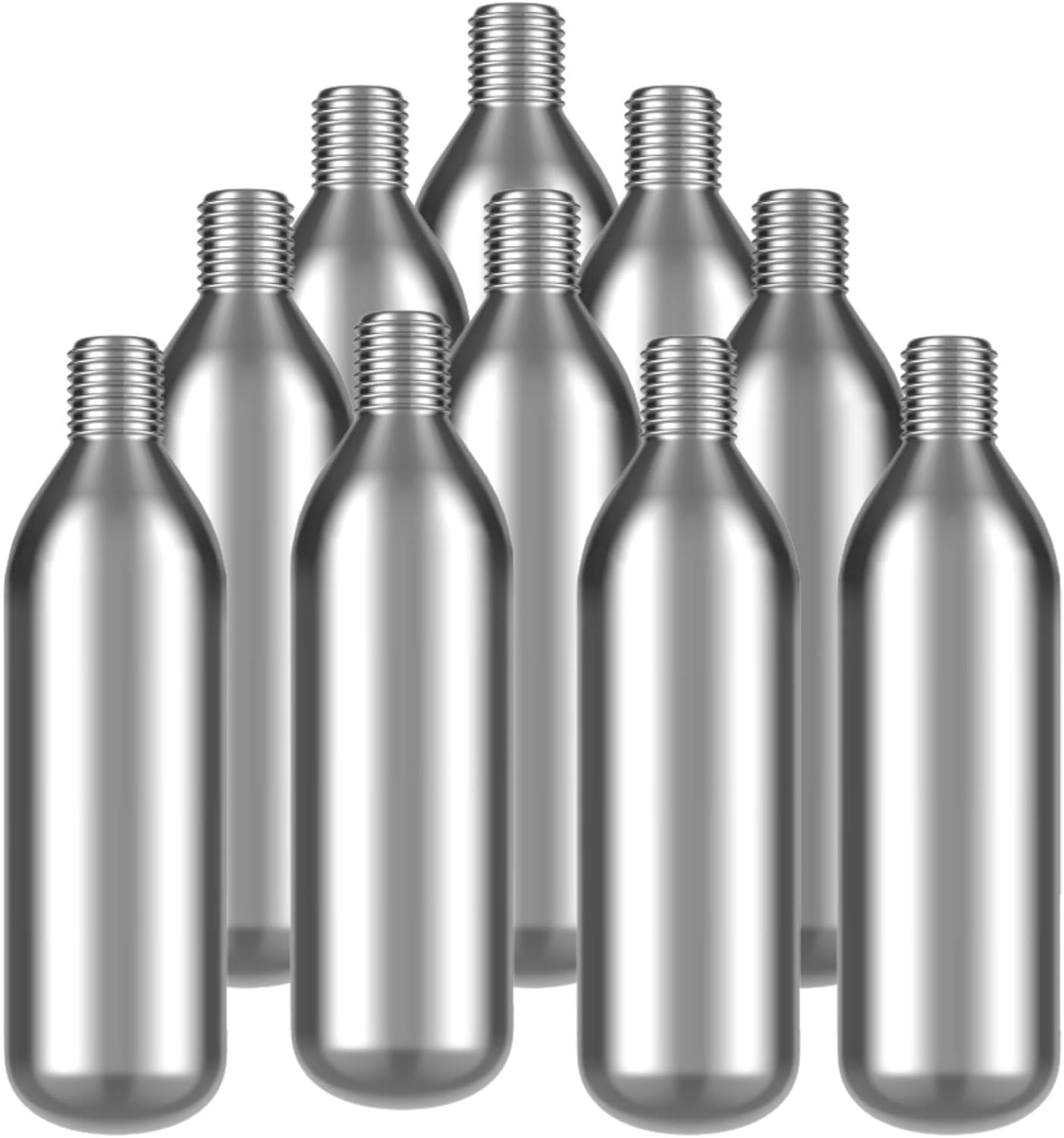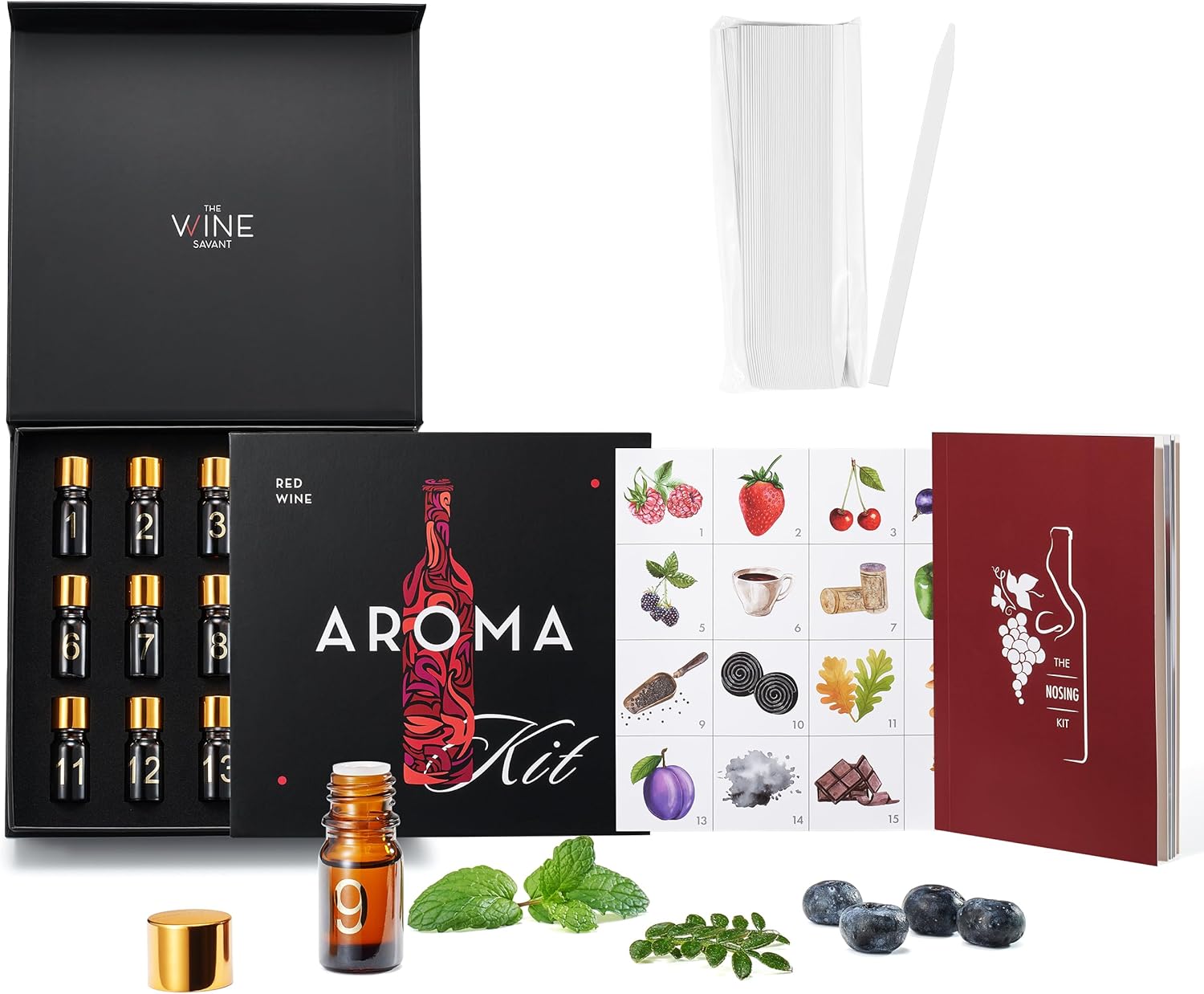How to Read a Wine Label: A Beginner’s Decoder for the Wine Aisle
You’re standing in the wine aisle. It’s a wall of 500 bottles. One has a cartoon kangaroo. One has a stark, minimalist font. Another has a crest and a word you can’t pronounce. Your eyes glaze over. You feel a familiar panic. You end up just grabbing the bottle with the “90 Points” sticker or, let’s be honest, the one with the coolest-looking label. You get it home, and it’s… fine. But it’s not what you wanted.
This is the “Wall of Wine Anxiety,” and every U.S. wine drinker has felt it. It feels like you need a secret decoder ring just to buy a bottle of red. But here’s the secret: a wine label is not a marketing poster; it’s a legal document. It’s a treasure map, and every single word (and its font size) is a clue telling you *exactly* what’s in the bottle. Once you learn to read this map, you will never buy the “wrong” wine again.
Here at Wine Army, we’re demystifying the world of wine, one bottle at a time. This is your ultimate 4000+ word decoder. We’re going to break down every piece of the label, from “New World” vs. “Old World” to what “Reserve” *really* means (hint: in the U.S., it means nothing). By the time you’re done, you’ll be able to walk that aisle with the confidence of a sommelier. This is the first, most important lesson in our wine glossary for beginners.
What’s In This Guide
- The #1 Concept: New World vs. Old World
- The 5 Core Elements of a Wine Label (The Decoder Ring)
- The “Old World” Cheat Sheet for U.S. Buyers
- Decoding the Back Label: The Fine Print
- How to Use Your New Knowledge: 3 Label Scenarios
- The Wine Reader’s Toolkit: 5 Products to Master the Label
- 1. The Sommelier’s Bible: “Wine Folly” Book
- 2. The Memory Bank: A Wine Tasting Journal
- 3. The Bottle Opener: Oster Electric Opener
- 4. The Preserver: Vacu Vin Wine Saver
- 5. The Decanter: Le Chateau Wine Decanter
- Building Your “Label Library” (Your Collection)
- Frequently Asked Questions (FAQ)
The #1 Concept: New World vs. Old World (Grape vs. Place)
This is it. This is the entire “secret.” If you understand this one concept, you’re 90% of the way there. The confusion in the wine aisle comes from two different philosophies of labeling.
1. New World (The U.S., Australia, South America, South Africa)
Labels tell you the GRAPE (Varietal).
In the U.S. and other “New World” countries, we are a varietal-driven market. We buy “Cabernet,” “Chardonnay,” or “Pinot Noir.” Our labels are clear and to the point. The *most important word* on the label, often right under the producer, is the grape.
- You’ll See: Bogle
- And Then: PINOT NOIR
- And Then: California
It’s simple, direct, and easy to understand. You know exactly what wine varietal you are getting. Under U.S. law, if a label says a single varietal, at least 75% of the wine in that bottle must be from that grape.
2. Old World (France, Italy, Spain, Germany)
Labels tell you the PLACE (Region or Appellation).
This is where U.S. buyers get lost. In Europe, “terroir” is everything. The “terroir” (a French term) is the idea that the place—the soil, the climate, the slope of the hill—is more important than the grape. The region *implies* the grape, based on centuries of tradition and law.
- You’ll See: Domaine Vacheron
- And Then: SANCERRE
- And Then: 2022
You’re left scratching your head. “What grape is Sancerre?!” The label *assumes* you know that Sancerre is a region in France that, by law, *only* makes white wine from Sauvignon Blanc. You are not buying a “grape”; you are buying a “place.”
This is the secret code: * Want a French Sauvignon Blanc? Look for Sancerre or Pouilly-Fumé. * Want a French Chardonnay? Look for Chablis, Pouilly-Fuissé, or Meursault. * Want a French Pinot Noir? Look for Red Burgundy (e.g., Gevrey-Chambertin). * Want an Italian Sangiovese? Look for Chianti Classico.
We’ll give you a full cheat sheet for this later, but just remember: New World = Grape, Old World = Place.
The 5 Core Elements of a Wine Label (The Decoder Ring)
Okay, let’s zoom in. Every label has a hierarchy of information. Here are the 5 things you need to find, in order of importance.
1. The Producer (Who made it?)
This is the “brand.” It’s often the biggest, fanciest text. It’s the “Château” (French), “Tenuta” (Italian), “Bodega” (Spanish), or just the brand name (e.g., “Cakebread,” “Yellow Tail”). This is your first sign of quality. Is it a mass-market producer you see everywhere, or a smaller, “estate” producer? A “Château” or “Estate” often means the wine was made by the same people who grew the grapes, which is a good sign.
2. The Varietal or The Appellation (What’s in the bottle?)
This is the “what” and it’s linked to the “where.” As we just covered, this is the most important part. * If it’s New World, you’ll see the grape: “Cabernet Sauvignon,” “Sauvignon Blanc,” “Zinfandel.” * If it’s Old World, you’ll see the place name: “Bordeaux,” “Rioja,” “Barolo.”
3. The Region & Appellation (Where *exactly* is it from?)
This is the “zoom-in” clue. Wine regions are like Russian nesting dolls. The smaller and more specific the region, the more “terroir” it has, and (usually) the higher the price and quality. * Level 1 (Broad): “California” or “Vin de France.” This is a huge area. The grapes could be from anywhere. * Level 2 (Region): “North Coast.” Getting more specific. * Level 3 (AVA/Appellation): “Napa Valley.” Now we’re talking. This is a specific, legally-defined area. In the U.S., this is called an AVA (American Viticultural Area). * Level 4 (Sub-Appellation): “Rutherford.” This is a famous sub-region *within* Napa Valley known for a specific style. * Level 5 (Single Vineyard): “To Kalon Vineyard.” The grapes came from one specific, named plot of land. This is often the highest-quality (and most expensive) wine.
A label that says “California Cabernet” will be one of the most affordable wines. A “Rutherford, Napa Valley Cabernet” will be much more expensive.
4. The Vintage (When were the grapes picked?)
This is simply the year the grapes were harvested. A “2020” means the grapes grew in 2020. This is important for two reasons: 1. Freshness: For most white wines and rosés, you want the *youngest* vintage you can find (e.S., the current year or last year). Freshness is key. 2. Quality: For big reds, the “vintage quality” matters. In Bordeaux, 2016 was a legendary year; 2017 was… not as good. This is advanced-level stuff, but the vintage is your clue.
What about “Non-Vintage” (NV)? You’ll see this on Champagne and other sparkling wines. This means the producer blended wine from *multiple* years to create a consistent, house style. It’s a sign of *consistency*, not low quality.
5. The ABV (Alcohol by Volume)
Legally required on every bottle in the U.S. This is your “body” clue! It tells you how “big” or “light” the wine will feel. * Under 12.5%: A very light-bodied wine. Think German Riesling or a light Italian white. * 12.5% – 13.5%: A medium-bodied wine. Think Pinot Noir or Sancerre. * 14.0% – 15.0%: A full-bodied, “big” wine. Think Napa Cabernet, Zinfandel, or Châteauneuf-du-Pape. These are “warm climate” wines with lots of sun and sugar (which ferments into alcohol). * 15.0%+: A very hot, powerful wine. Often a Zinfandel or a Fortified Wine.
The “Old World” Cheat Sheet for U.S. Buyers
Okay, let’s put it all together. Here is a simple “translation” guide for the most common Old World labels you’ll see in a U.S. wine shop. This is your secret weapon.
| If You See This Place (Old World)… | …It Means This Grape (New World) | Style Notes |
|---|---|---|
| FRANCE: Sancerre | Sauvignon Blanc | Crisp, high-acid, mineral/grassy. |
| FRANCE: Chablis | Chardonnay (Un-oaked) | Very dry, high-acid, “flinty,” “steely.” |
| FRANCE: White Burgundy (e.g., Meursault, Puligny-Montrachet) |
Chardonnay (Oaked) | Rich, complex, buttery, toasty. |
| FRANCE: Red Burgundy (e.g., Gevrey-Chambertin, Nuits-St-Georges) |
Pinot Noir | Earthy, delicate, cherry, high-acid. |
| FRANCE: Bordeaux (Red) (e.g., Médoc, St-Émilion, Pomerol) |
Cabernet / Merlot Blend | Tannic, dark fruit, tobacco, earthy. |
| FRANCE: Châteauneuf-du-Pape | Grenache-Syrah-Mourvèdre | Big, bold, high-alcohol, peppery, gamey. |
| ITALY: Chianti Classico | Sangiovese | Savory, high-acid, cherry, tomato leaf. |
| ITALY: Barolo / Barbaresco | Nebbiolo | Very high-tannin, high-acid, “tar & roses.” |
| SPAIN: Rioja | Tempranillo | Savory, dill, coconut (from American oak). |
Decoding the Back Label: The Fine Print
The front label is the “what”; the back label is the “how” and “who.” This is where you find the legally required stuff and, often, the real story.
- The Government Warning: A legal requirement in the U.S.
- Contains Sulfites: This is on 99.9% of wine and is a legal requirement in the U.S. if sulfites are over 10 ppm. This is not a boogeyman. Sulfites are a natural byproduct of fermentation and a preservative. Unless you have a *specific sulfite allergy* (which is rare), this is not what’s giving you a headache. (For more, see our guide on organic and natural wines).
- The Importer: For a European wine, the U.S. importer is listed. Pro-tip: find an importer you love (like Kermit Lynch or D&V) and you’ll love all their wines.
- “Estate-Bottled” / “Mis en Bouteille au Château”: This is a *great* sign. It means the wine was grown, made, and bottled all in one place. It’s a stamp of authenticity and quality control.
- “Reserve,” “Vintner’s Reserve,” “Private Selection” (U.S. Labels): In the United States, these words are 100% marketing. They have no legal definition. A “Vintner’s Reserve” from one winery could be their cheapest bottle. Don’t fall for it.
- “Reserva” (Spain) or “Riserva” (Italy): These are legal terms. They mean the wine has been aged for a specific, extended period in oak and in the bottle before release. This *is* a sign of a higher-quality, more mature wine.
- The “Story”: This is the fluffy marketing text. It’s often useless (“enjoy this wine with friends or a good meal!”) but can sometimes give you clues about food pairings or the winemaking process.
How to Use Your New Knowledge: 3 Label Scenarios
You’re not just reading the label; you’re planning your experience. The label tells you how to treat the wine.
Scenario 1: The Label Says “2022 Sauvignon Blanc, Marlborough, 12.5% ABV”
- Your Brain Decodes: “2022” (young, fresh). “Sauvignon Blanc” (crisp, citrusy). “Marlborough” (New Zealand – very fruity). “12.5%” (light-bodied, high-acid).
- Your Action Plan: This wine’s enemy is *heat*. It must be served ice-cold (around 45°F). You need a wine chiller sleeve to get it cold fast, or a countertop electric chiller to *keep* it cold at the table. Do NOT use a big red wine glass; use a standard white wine glass to preserve the aromas.
Scenario 2: The Label Says “2019 Cabernet Sauvignon, Napa Valley, 14.8% ABV”
- Your Brain Decodes: “2019” (young for a Cab). “Cabernet Sauvignon” (big, tannic). “Napa Valley” (powerful, fruit-forward). “14.8%” (full-bodied, high-alcohol).
- Your Action Plan: This wine’s enemy is *being “closed.”* It’s young, big, and tannic. It needs to BREATHE. This is a classic case for the aerator vs. decanter debate. At minimum, use a pour-through aerator. For best results, pour it into a wine decanter for at least 60 minutes before serving. Use your largest red wine glasses to get your nose in there.
Scenario 3: The Label Says “1995 Bordeaux, Saint-Julien”
- Your Brain Decodes: “1995” (OLD!). “Bordeaux” (Cab/Merlot blend). “Saint-Julien” (high-quality appellation).
- Your Action Plan: This wine’s enemy is a *brittle cork* and *sediment*. Do NOT use a regular corkscrew or an electric opener; you will destroy the cork. You *need* an “Ah-So” opener (see below!). You also must *not* shake the bottle. Store it upright for 24 hours so the sediment falls to the bottom, then carefully decant it off the sediment before serving.
The Wine Reader’s Toolkit: 5 Products to Master the Label
Reading the label is the first step. Acting on that information is the next. Here are 5 essential tools from Amazon that complete the “wine reader’s” arsenal.
1. The Sommelier’s Bible: “Wine Folly: The Master Guide” Book
Wine Folly: The Master Guide (Magnum Edition)

This is it. The single best book for the modern, visual, U.S. wine drinker. If this 4000-word article is the introduction, “Wine Folly” is the entire college course. It takes every concept we’ve discussed—varietals, regions, label-reading—and breaks it down with stunning, easy-to-read infographics. It’s the “Old World Cheat Sheet” on steroids. It’s a wine cellar essential that lives on your coffee table, not in a dusty library. This book will make you a label-reading expert, fast.
(+) Pros
- Incredibly visual and easy to understand
- Covers all major varietals and regions
- The best-selling, most accessible wine book
- Perfect “cheat sheet” for pairings and tasting notes
(-) Cons
- It’s a book; you still have to read it!
2. The Memory Bank: A Wine Tasting Journal
Moleskine Passions: Wine Journal

What’s the point of reading a label if you forget it next week? The #1 way to get “good” at wine is to take notes. This Moleskine journal is purpose-built for it. It has sections for varietal, producer, region, vintage, and (of course) your own tasting notes. When you find a wine you love, you write it down. When you find one you hate, you write it down. Soon, you’ll have a personal “database” of your own palate. You’ll stop guessing and start *knowing* what you like. It’s the perfect companion to a wine subscription box.
(+) Pros
- Turns your hobby into an education
- Helps you build a “palate memory”
- Beautiful, durable Moleskine quality
- A fantastic gift for a wine lover
(-) Cons
- Requires the discipline to write notes
3. The Bottle Opener: Oster Cordless Electric Wine Opener
Oster Cordless Electric Wine Opener

You’ve successfully read the label. You’re confident. The last thing you want to do now is struggle with a bad corkscrew. An electric wine opener is the ultimate tool of convenience. This Oster is a #1 bestseller on Amazon. You place it on top, press a button, and it pulls the cork perfectly every time. It comes with a foil cutter (step 1!) and a charging base. It’s the effortless, high-tech way to act on your new knowledge.
(+) Pros
- Opens a bottle in seconds with zero effort
- Perfect for parties or for those with grip issues
- Sleek, rechargeable design
- Comes with a foil cutter
(-) Cons
- Can struggle with old, brittle corks
- Requires counter space for its charger
4. The Preserver: Vacu Vin Wine Saver Pump
Vacu Vin Wine Saver Pump with 2 Stoppers

You’ve read the label, you’ve opened the bottle, you’ve had one glass… now what? You need to preserve it. The best wine stoppers are essential. This Vacu Vin is the “go-to” for a reason. It’s not just a stopper; it’s a vacuum pump. You pump the air *out* of the bottle, which is the #1 way to slow down oxidation. This tool will extend the life of your wine by 5-7 days. It’s the most practical, value-driven tool in the entire Coravin vs. Vacu Vin debate.
(+) Pros
- Actively removes oxygen, extending wine life by days
- Patented “click” tells you when it’s sealed
- The best value in wine preservation
(-) Cons
- Requires manual pumping
- Cannot be used on sparkling wine
5. The “Action” Tool: Le Chateau Wine Decanter
Le Chateau Wine Decanter

You just read a label that said “2019 Napa Valley Cabernet Sauvignon.” Your brain *screamed* “AERATE ME!” This is how you do it. A decanter is a vessel designed to maximize the wine’s surface area, exposing it to oxygen (in a *good* way) to soften tannins and open up aromas. This hand-blown crystal decanter from Le Chateau is an Amazon favorite. It’s beautiful, functional, and the perfect serving tray centerpiece. It’s the physical action you take based on the “clues” from the label.
(+) Pros
- Dramatically improves the taste of young, bold reds
- Separates older wines from their sediment
- Beautiful, hand-blown design
(-) Cons
- Can be difficult to clean
- Fragile (it’s crystal, after all)
Building Your “Label Library” (Your Collection)
Your new skill is like a superpower. You can now walk into any wine shop and find *exactly* what you’re looking for. The next step is to start building your “Label Library”—your own collection. Now that you’re not just guessing, every bottle you buy is an “educated” purchase.
This doesn’t mean you need a 1,000-bottle cellar. It just means learning how to store wine at home. The basic rules are: keep your bottles cool, dark, and on their side (to keep the cork wet). Even if you have no space, our guide on how to store wine without a fridge is a lifesaver.
A simple modular wine rack is the perfect start. It’s an eco-friendly wine storage solution that grows with your new hobby. And for taking your bottles on the go? You’ll want a padded wine bag or a portable wine cooler to protect your investment.
Your “library” is not just for storage; it’s for experimenting. You can now compare a “Chablis” (French Chardonnay) side-by-side with a “Napa Chardonnay” and *truly* understand the difference. You’re not just drinking anymore; you’re *tasting*.
Frequently Asked Questions (FAQ)
Q: What’s the *easiest* way to start? This is still a lot.
A: Start with the ABV. It’s the fastest clue to the wine’s “body.” If you want a light, easy-drinking white, look for something under 13%. If you want a big, juicy red for your steak, look for something over 14%. This is the simplest, most effective “first-glance” trick.
Q: What does “Contains Sulfites” *really* mean? Am I allergic?
A: 99.9% of all wine contains sulfites (SO2), as they are a natural byproduct of fermentation. Winemakers add a tiny bit more as a preservative—it’s an antioxidant and antimicrobial. It’s what keeps the wine fresh. A “true” sulfite allergy is extremely rare (less than 1% of the U.S. population) and is more like an asthma attack. It is *not* what’s giving you a headache (that’s likely histamines, tannins, or just dehydration). Our guide to organic wines dives deeper into this.
Q: Does a heavy bottle mean it’s a better wine?
A: No… and yes. It’s a classic U.S. marketing trick. The heavy, thick-glass bottle costs more, so producers *assume* you’ll think the wine inside is higher quality. It’s purely psychological. However, producers aren’t going to put their cheapest, worst wine in a $5 bottle. So, while it’s not a *guarantee* of quality, it’s a sign that the producer is *investing* in the product’s image. It’s a clue, not a rule.
Q: What’s the difference between “Reserve” and “Riserva”?
A: This is a key wine terminology difference. * “Reserve” (on a U.S. label): Means absolutely nothing. It is a 100% meaningless marketing term. * “Riserva” (on an Italian label) or “Reserva” (on a Spanish label): These are legal terms. They mean the wine has been aged for a specific, longer period (by law) before being sold. This *is* a sign of a higher-quality wine.
The Final Word: The Label is Your Friend
That “Wall of Wine” is no longer a source of anxiety. It’s a library. Every bottle is a story, and now you can read the cover. You can see the clues, decode the language, and make an educated choice. You now know that “Sancerre” is just a Sauvignon Blanc with a French accent, and that “14.5% ABV” means you should probably order a steak to go with it.
The label is not there to confuse you; it’s there to *inform* you. Now that you have the decoder ring, go to that aisle, pick up a bottle, and read the story. You’ll be amazed at what you find.























